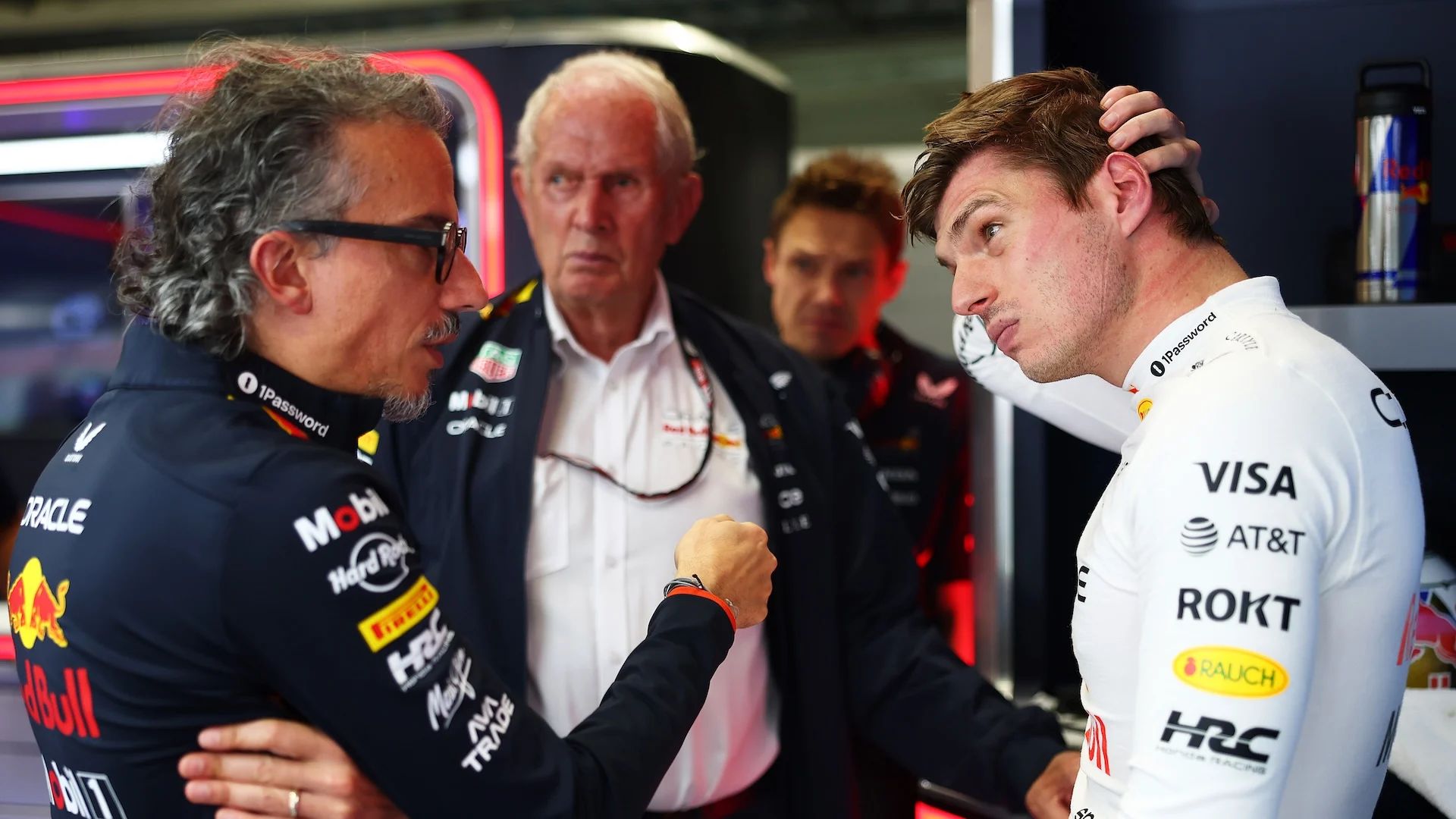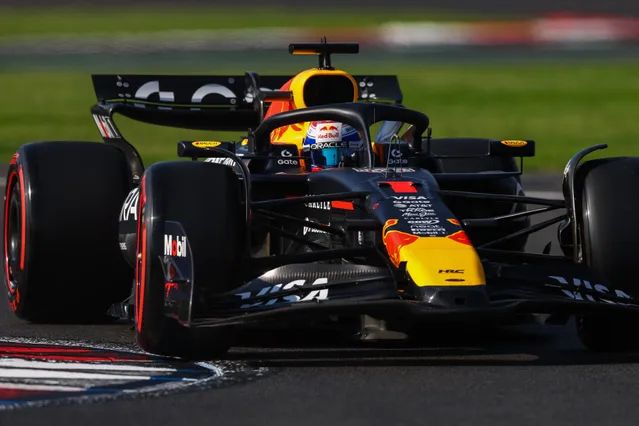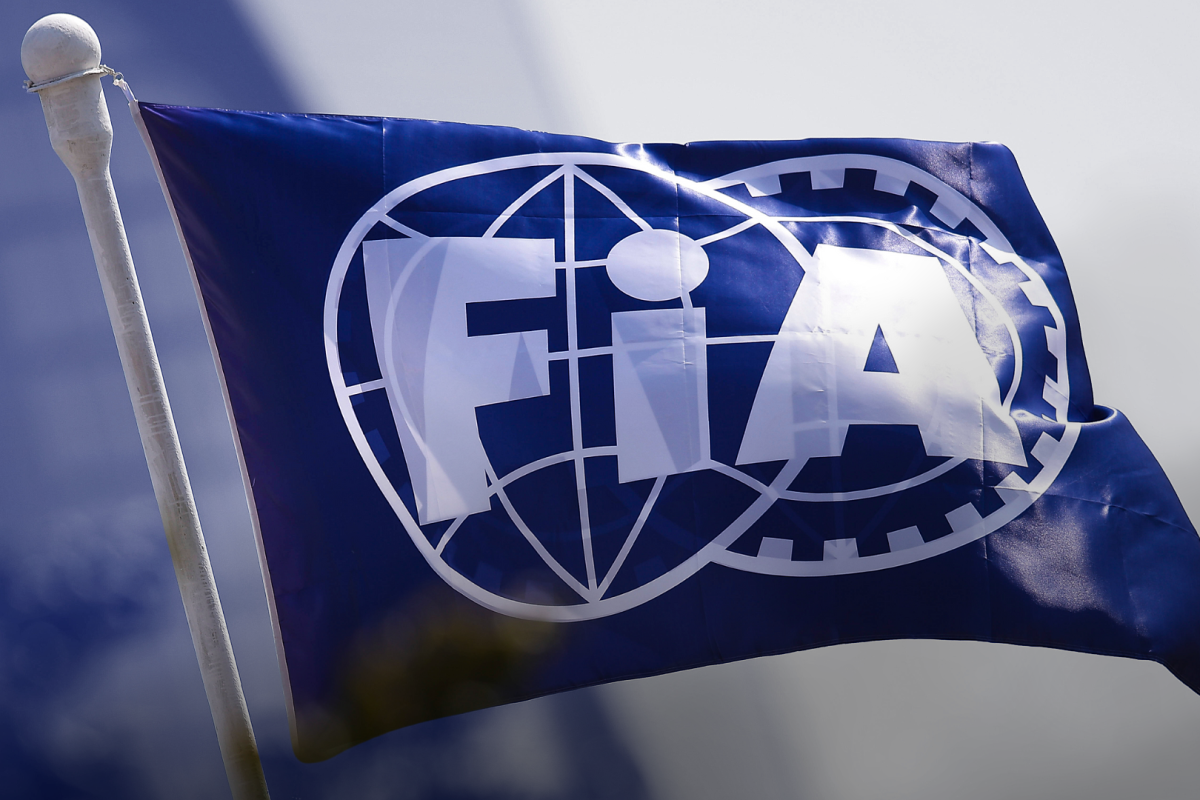Audi Restructures F1 Leadership Ahead of 2026 Entry Following CEO Exit
Audi has confirmed a major management reshuffle within its Formula 1 project following the departure of the program’s CEO, Adam Baker. As the German automotive giant prepares for its official entry into the sport in 2026, it has been undergoing significant internal changes, the latest of which involves the appointment of a new leader to steer the team’s operations.
Baker, who had been overseeing Audi’s F1 development, has stepped down, prompting the company to reorganize its structure at a critical time in its pre-entry phase. His exit paves the way for Mattia Binotto to take on a broader leadership role. Binotto, who joined Audi in July 2023 as the chief operating and technical officer, will now head the Audi Formula 1 project. Known for his previous tenure as team principal at Ferrari, Binotto brings substantial technical and leadership experience to the role as Audi gears up for its competitive debut.
Binotto will oversee the entire F1 program, which includes Audi’s power unit development base located in Neuburg an der Donau, Germany, as well as the chassis and car design operations based in Hinwil, Switzerland. The Hinwil facility is currently the home of the Sauber F1 team, which Audi is gradually taking over as part of its entry strategy. This dual-location setup is central to Audi’s preparations, with both facilities expected to play vital roles in car performance and innovation.
In addition to its German and Swiss operations, Audi is also exploring the possibility of establishing a smaller satellite design center in the United Kingdom. The prospective location in England is targeted specifically to tap into the wealth of motorsport engineering talent found in what is commonly referred to as “Motorsport Valley,” a region in the southeast of the UK renowned for housing many high-profile F1 teams and suppliers. This move is seen as a strategic step to enhance design capabilities and attract top-tier engineering staff.
The leadership shake-up comes amid a broader conversation within the sport about engine regulations. In recent months, speculation has grown around the potential return of high-revving V10 engines to Formula 1. However, this idea has been firmly rejected by the sport’s decision-makers. For Audi, maintaining the stability of the 2026 power unit regulations is of vital importance. The original engine framework, which includes a significant increase in electrical power and the use of fully sustainable fuels, was a key factor in Audi’s decision to enter F1 in the first place.
Concerns emerged that if the FIA were to suddenly backtrack on the agreed 2026 power unit rules, manufacturers like Audi could reconsider their commitment. Recognizing this risk, Nikolas Tombazis, the FIA’s single-seater technical director, emphasized the importance of regulatory consistency to protect all current and incoming participants. Tombazis reassured stakeholders that the FIA would not make drastic changes that could jeopardize the involvement of new manufacturers. This assurance was particularly crucial for Audi, which is heavily invested in the 2026 regulations as part of its entry plan.
Meanwhile, other manufacturers are also gearing up for the 2026 season under the same regulatory framework. Notably, Honda has announced its return to the sport as a full factory partner with Aston Martin, highlighting the appeal of the upcoming rules package. Audi’s commitment to building its own power unit and developing a competitive chassis underlines the company’s ambition to become a leading force in Formula 1.
With Binotto now at the helm and the structure of the project beginning to solidify, Audi’s entry is gathering pace. While much work remains before the team lines up on the grid in 2026, the recent changes signal a renewed focus and intent. The reshuffle may mark a turning point in Audi’s journey, potentially laying the foundation for a strong and competitive debut in the pinnacle of motorsport.




